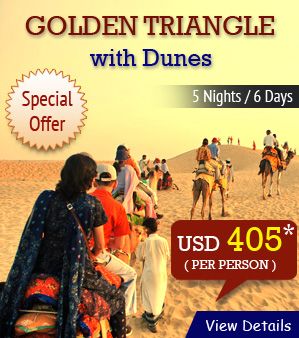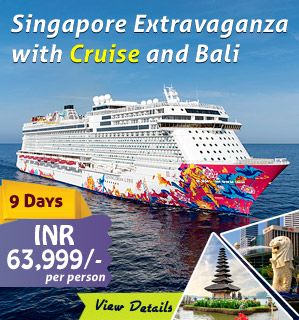Vacation ideas that will turn this summer into an enjoying experience for your entire family
The crunch time for summer 2015 is fast approaching. Many of you must have already planned a holiday with your family, but for those who still wish to know about the best family vacation ideas for this year, here’s a list below.
 |
| Family Vacations Ideas – Start Planning Your Summer Vacation Now |
Why not try, the cold this summer
Hill Stations in India are many in number. From Jammu and Kashmir, to Kullu Manali and Shimla in Himachal Pradesh, you can easily plan a perfect getaway for your family by moving to these places that can offer a cool experience in the middle of summers when the mercury level starts soaring high. Most hill stations in India offer exciting activities like ice skating,
Paragliding and more alongside river rafting , which means something for everyone in the family. But, try inquiring beforehand to avoid any disappointments later. Ooty, Dalhousie, Kasauli and Gulmarg comprise of some of the not-so-popular ones on the list, but are surely the ones you can explore this summer.
Try being different, get ready to hit the beaches
The southern coastline of India is blessed with many beaches that are truly splendid in every sense of the word. Beginning from Mumbai in Maharashtra, to Goa, Kanyakumari, Vizag and more. The options are many, but this would be going out of the box and its not for you if seeking to explore a temperature drop this holiday season.
If no kids in the family, plan a trip to Leh Ladakh
Leh Ladakh in the north is a must see destination if adventure and natural beauty are something that clicks with you and leaves you craving for more. These hill stations, opening for just 5 months in a year veil beauty that is marvelous and unexplored. But, this place is only if you have no kids in the family and also people who have trouble breathing at high altitudes.
Do something out of the league, try visiting places of pilgrimage interest
If seeking to get away from the worldly tensions and get near to spirituality, then you can plan a pilgrimage trip for the family. Places like Badrinath, Kedarnath, Yamotri and Amarnath in the north are packed with mesmerizing scenes that are rare all along the way that everyone in the family would appreciate and this trip can also help you get rid of those sins, by giving a rejuvenating experience .
Become a nature’s guest this summer, indulge in wildlife tours
The improbable terrain in India consists of innumerable wildlife sanctuaries, national parks and more. So, turn your summer vacation into an educational tour for your kids, by helping them see and get close to nature and wildlife tours, while they are living freely in their natural habitats.Get ready to explore the wildness in the wild dens in India. Some options on this list include Jim Corbett, Gir National Park, Ranthambore in Rajasthan, Kanha national park and more.
The number’s counting, so don’t keep waiting and hurry up…
So, why wait still, this holiday season escape to places that can offer not just you, but everyone in the family a reason to smile and enjoy like never before. So, pump up the adrenaline and choose from those package tours or get a tour designed as per your needs. Do whatever you think is right and what suits you. But, do it quickly, as everyone’s heading to these destinations, which could mean a house full at most hotels, trains and flights.





















































